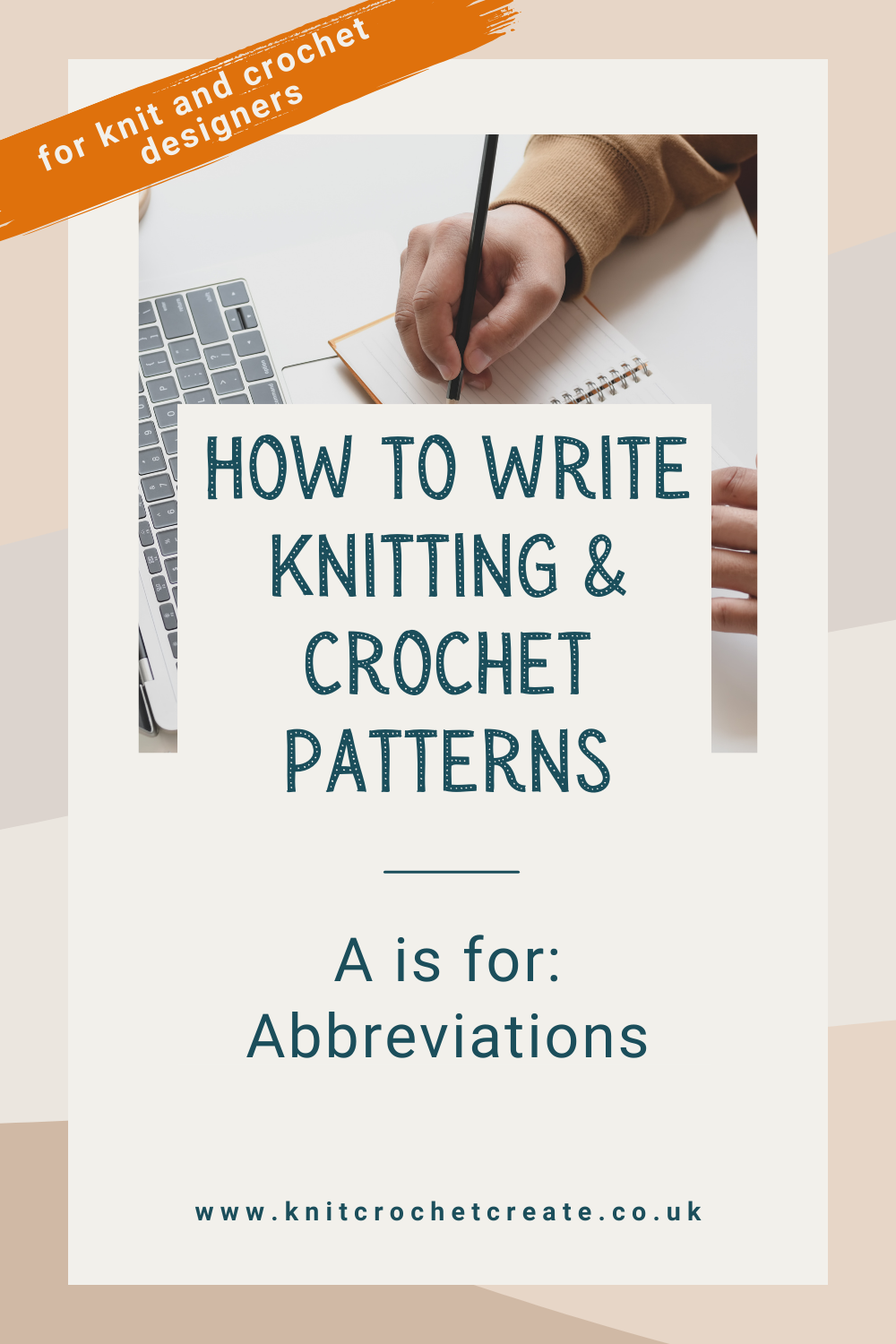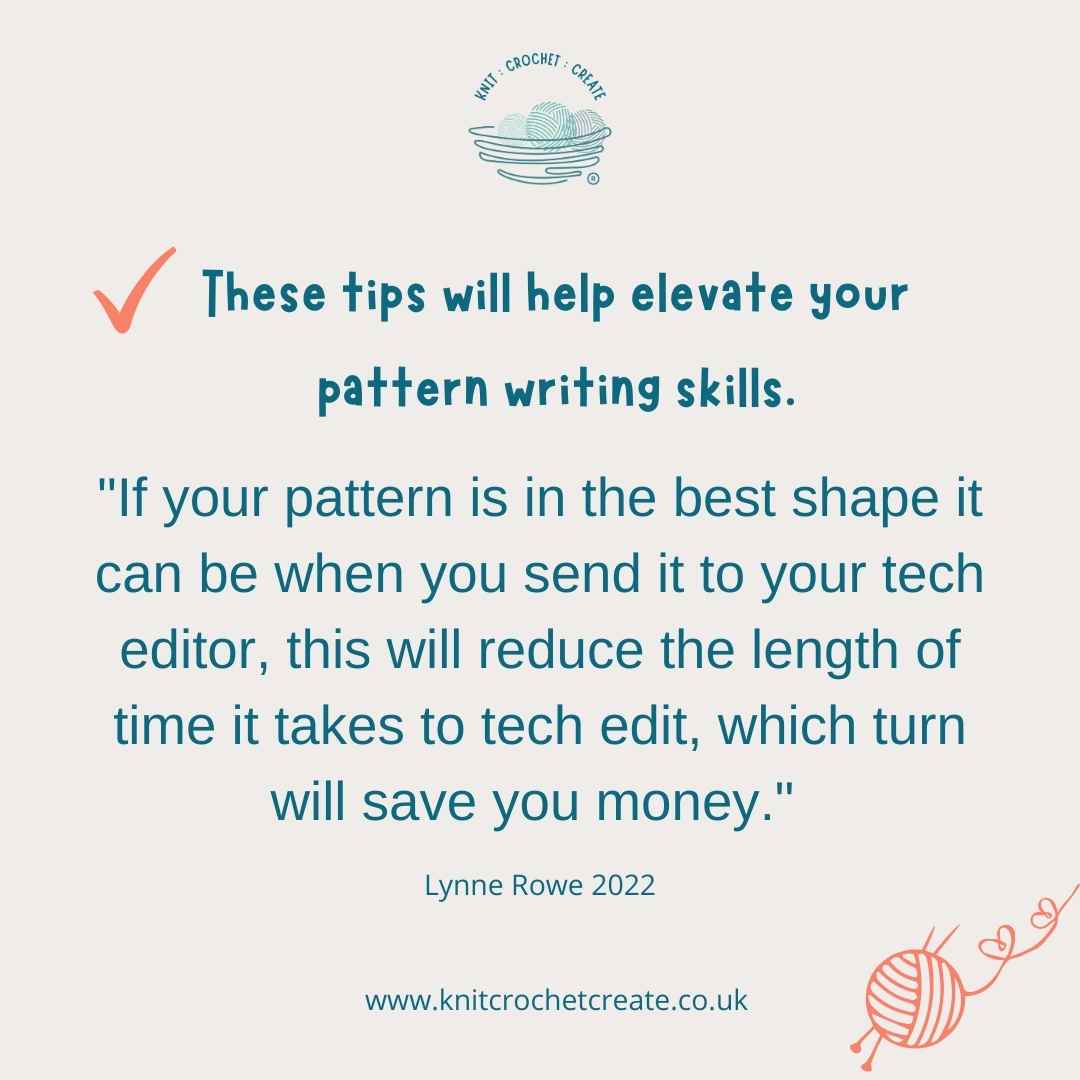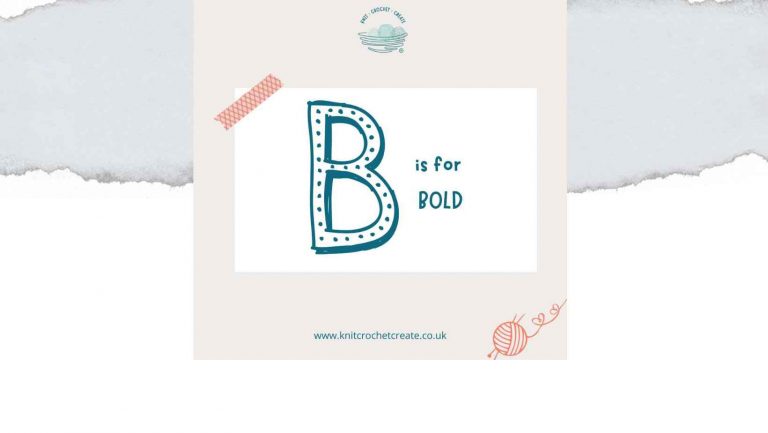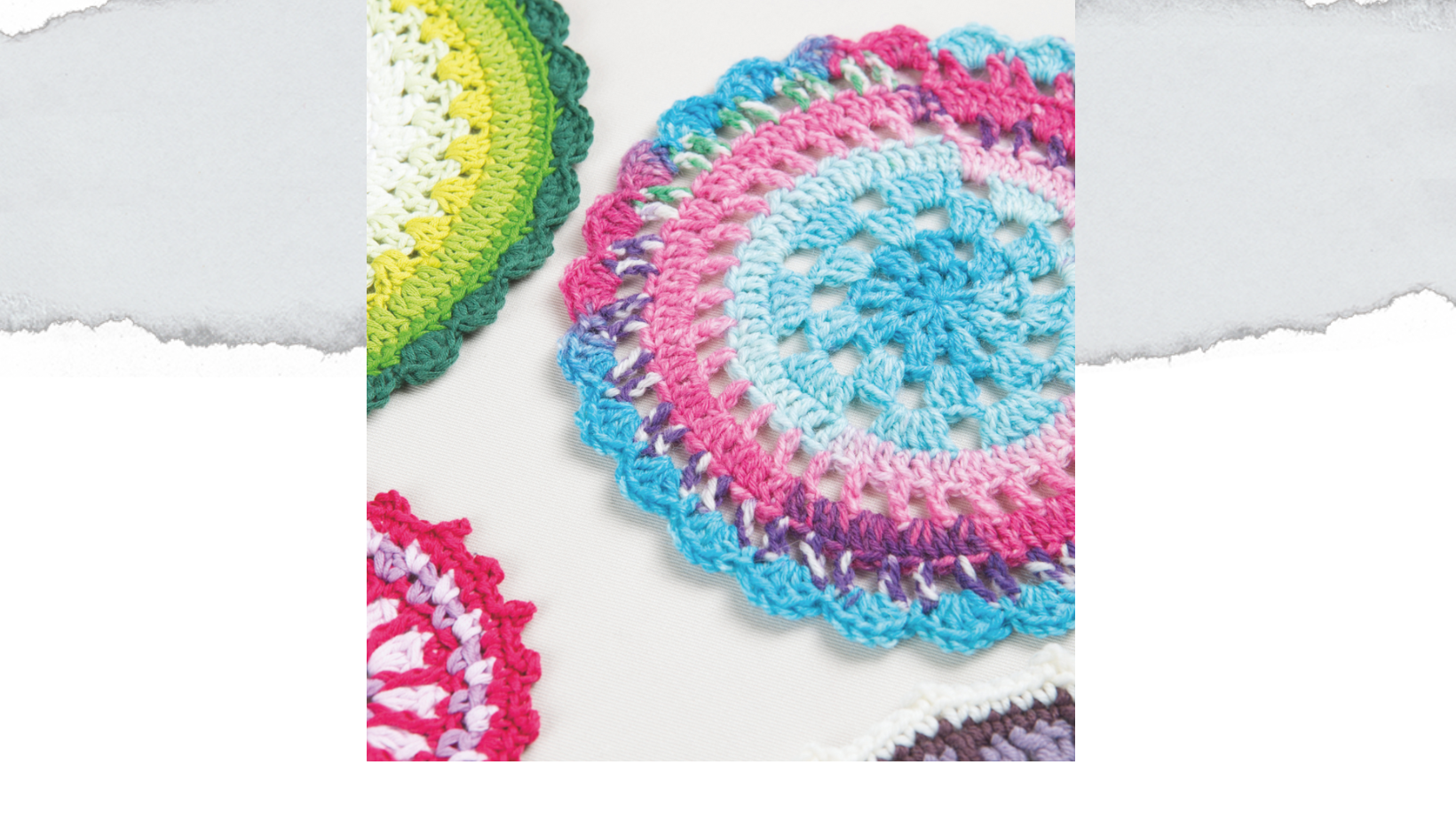Pattern Writing Tips - A is for Abbreviations
Welcome to my A to Z of pattern writing tips! Whether you're a knitting or crochet designer or a tech editor, these tips will help you improve your pattern writing skills and refine your tech editing process.
Pattern Writing tips for Knitting and Crochet Designers:
Well-written patterns enhance your reputation, reduce customer queries, and make your patterns more enjoyable to follow. These tips will help you elevate the quality of your instructions and improve the overall experience for your customers.
Pattern Writing tips for Tech Editors:
Tech editing goes beyond checking maths - it ensures clarity, consistency, and accuracy in a pattern. By refining your tech editing process, you’ll help designers create polished patterns that are easier for crafters to follow.

Why good Pattern Writing matters
A well-structured pattern makes tech editing more efficient and ensures a smoother experience for both the editor and the end user. If your pattern is unclear, incomplete, or poorly formatted, your tech editor will first need to spend extra time figuring out what you intended before they can check calculations, layout, or apply house style.
This additional work can:
- Increase the cost of tech editing.
- Delay the release of your pattern.
- Lead to miscommunication between you and your tech editor.
By submitting a well-organised and clearly written pattern, you allow your tech editor to focus on refining details rather than reconstructing the instructions.
This results in a polished, professional pattern that is easier for customers to follow and reduces potential queries or pattern corrections later on.

Let's begin with the letter A – Abbreviations
Why are Abbreviations used in a knitting or crochet pattern?
Abbreviations help streamline knitting and crochet patterns by reducing text length and making instructions easier to read. Instead of repeating full phrases multiple times throughout the pattern, abbreviations provide a shorthand that experienced makers can quickly recognise and follow.
For example, instead of writing "knit one, purl one, knit one, purl one" repeatedly, a pattern can simply use "(k1, p1) to end", therefore making the instructions more concise and readable.
However, while abbreviations improve readability, they must be used carefully to avoid confusion. A well-managed abbreviations list ensures clarity and consistency, making it easier for makers to follow your pattern without second-guessing. Proper abbreviation usage also helps tech editors verify instructions more efficiently, reducing the likelihood of errors and misinterpretations.
By following best practices for abbreviations, you create patterns that are professional, user-friendly, and accessible to a wider audience. I have included a few tips at the end too, to help with visual accessibility.
Here are my main tips to remember when you are creating and using Abbreviations:
1st Tip:
- Before sending your pattern to a tech editor, ensure that every abbreviation used in the pattern appears in your abbreviations list.
- Tech editors naturally check this, but verifying it yourself first can prevent errors. A second pair of eyes always helps!
2nd Tip:
- Your final abbreviations list should only contain abbreviations actually used in the pattern.
- Double-check to avoid including leftovers from previous projects.
3rd Tip:
- Beware when using copy and paste.
- If you're reusing an abbreviations list from a similar pattern, make sure to edit it for accuracy.
- A common mistake is leaving in abbreviations that aren’t needed.
4th Tip:
- Create your own standard abbreviations list that reflects your own style of pattern writing.
- Use the preference for different countries, such as 'yo' (yarn over) in USA, compared with 'yrn' (yarn round needle) in the UK.
- Consider publishing your standard abbreviations list on your website so customers become familiar with your pattern style. A consistent approach builds trust and encourages repeat purchases.
- Having a master list also makes pattern writing quicker - you can simply copy and paste the relevant abbreviations into each new pattern.
5th Tip:
- Avoid creating your own abbreviations unless necessary, as this can confuse customers. If you do invent a new stitch abbreviation, include clear step-by-step instructions.
- For reference, the Craft Yarn Council provides a list of standard abbreviations:
- The craft yarn council is a great place to start. Search for standard abbreviations at www.craftyarncouncil.com
6th Tip:
- If an abbreviation is only used once or twice in the pattern, write it out in full instead of adding it to the list.
- This keeps the abbreviations section concise and easy to navigate.
Making your Abbreviations List more visually accessible
- Use a larger, clear font for your Abbreviation Lists – Ensure the abbreviations list is easy to read by using a clear font and slightly larger text size. Avoid cramming too many abbreviations into one section.
- Provide both Abbreviations and Full Terms on first use – The first time an abbreviation appears in a pattern, write it in full with the abbreviation in brackets (e.g. yarn over (yo)). This helps beginners and those unfamiliar with standard terms.
- Ensure Abbreviations are consistently spaced and formatted – Misaligned or jumbled text can be hard to follow, especially for those using screen readers or struggling with visual clutter. Keeping a clean layout improves readability.
By making these small adjustments, you create patterns that are more user-friendly and accessible to a wider audience.

I hope you find these tips useful for your pattern writing and tech editing.
I have a great post about selling knitting and crochet patterns online for passive income: click here







